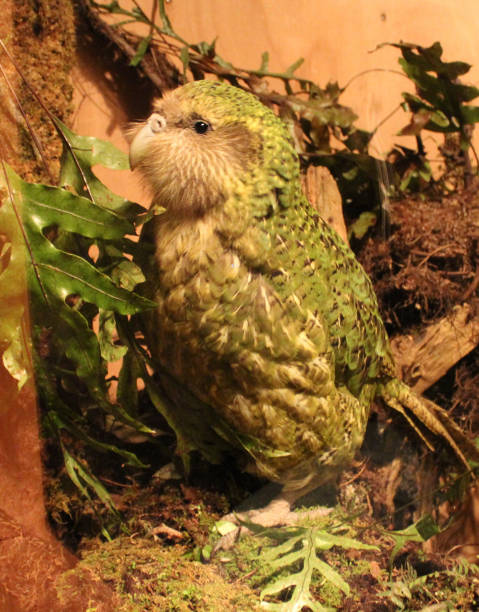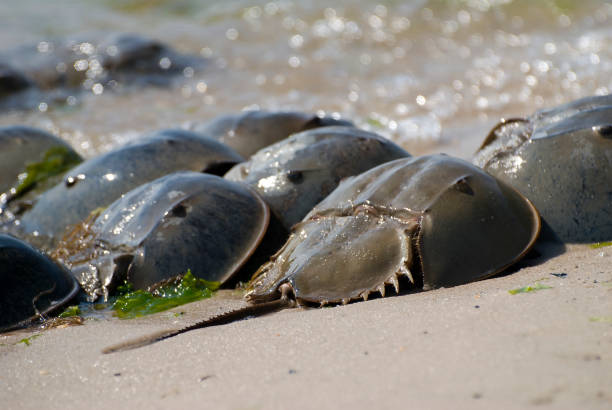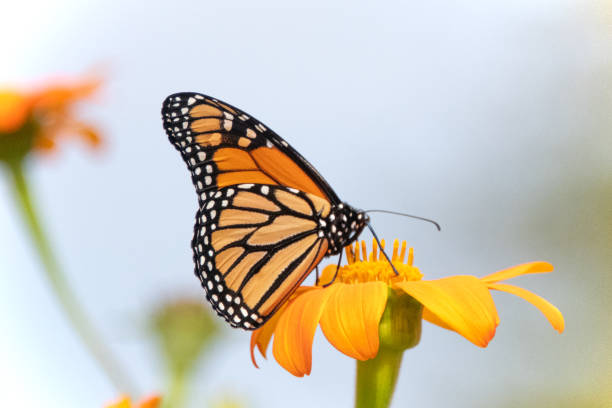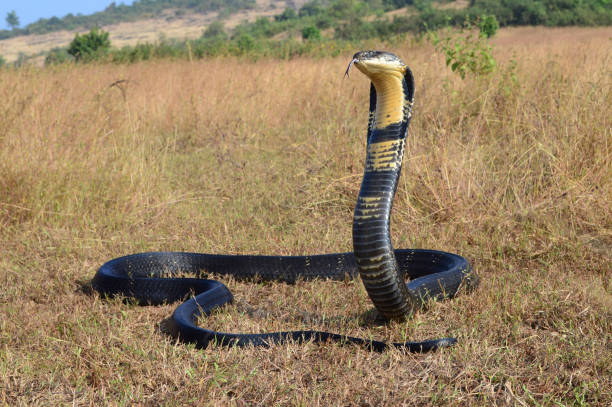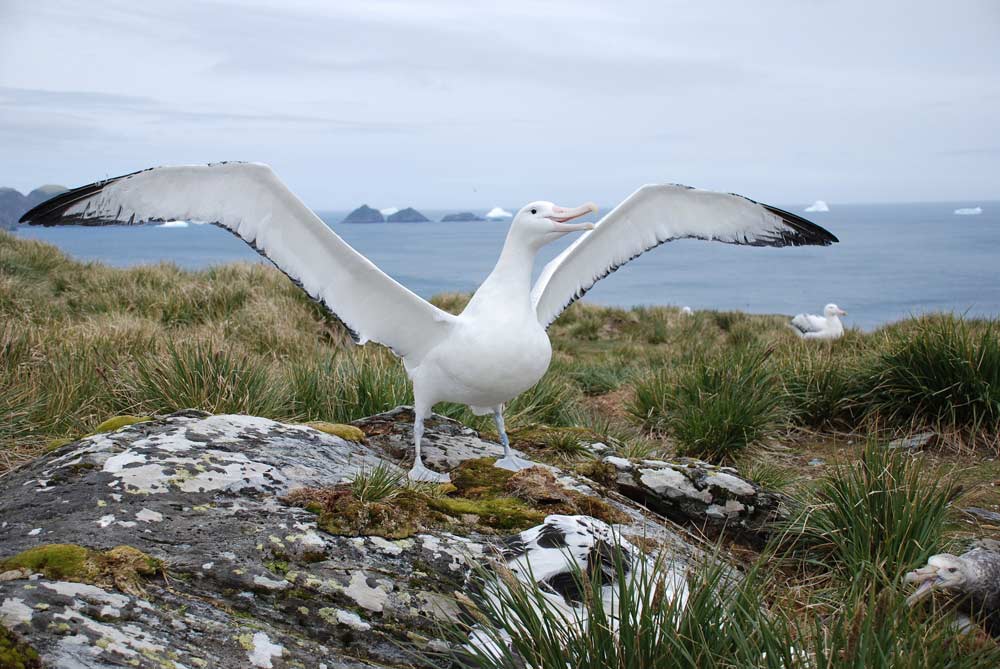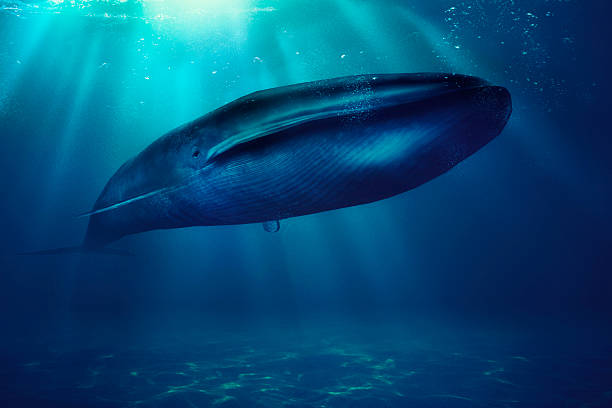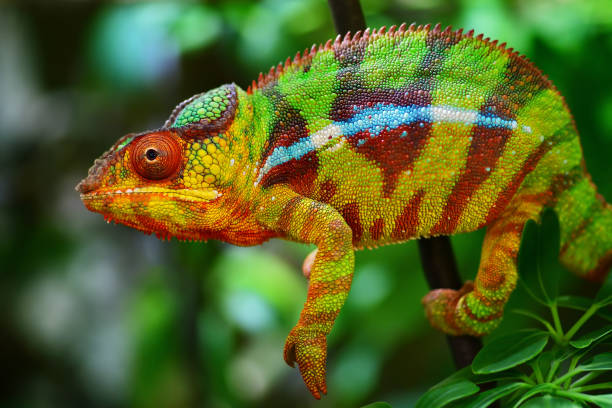Birds are the music of the earth—each flutter, song, and color a note in the grand symphony of life. Yet among the 10,000 known species that grace our skies, there exists a secret world of rare, elusive, and almost mythical creatures—birds so uncommon that even seasoned ornithologists may never glimpse them in a lifetime.
Some dwell deep within misty rainforests, others soar over frozen mountains, and a few are on the brink of disappearing forever. Their rarity gives them an almost ethereal beauty, as if they belong to another age. To see one is to witness a miracle of survival, an echo of evolution’s most exquisite artistry.
Here are fifteen of the rarest bird species on Earth—wonders that inspire awe, urgency, and reverence for the fragile brilliance of life.
1. Kakapo – The World’s Only Flightless Parrot
In the moonlit forests of New Zealand, a strange green shadow moves silently through the moss. It doesn’t fly—it walks. This is the Kakapo, a nocturnal, flightless parrot so rare that fewer than 250 remain.
The Kakapo’s life reads like a fairy tale laced with tragedy. Once abundant, it fell victim to predators introduced by humans—cats, rats, and stoats. Unable to fly, these gentle giants became easy prey.
Yet the Kakapo is extraordinary. It’s the heaviest parrot in the world, with soft moss-green feathers and a sweet, musty scent. Males perform deep, resonant “booming” calls that echo through valleys during courtship season. Each bird has a distinct personality, and conservationists know them by name.
Thanks to relentless conservation efforts, the Kakapo is making a slow comeback on predator-free islands. To see one is to meet a living relic—a survivor from a world before humans, glowing with resilience and charm.
2. Philippine Eagle – The King of the Sky
Majestic and powerful, the Philippine Eagle is one of the largest and rarest eagles in existence. With a wingspan of up to 2.2 meters, it rules the rainforests of the Philippines like a guardian spirit.
Known locally as “Haring Ibon” or “King Bird,” this eagle hunts monkeys, flying lemurs, and other prey with breathtaking precision. Its crown of long, shaggy feathers gives it a regal, almost mythical appearance.
Sadly, deforestation has devastated its habitat, leaving fewer than 500 individuals in the wild. Each surviving eagle is now protected by law, and harming one can mean life imprisonment.
Watching a Philippine Eagle soar is a humbling experience—it embodies both the majesty and the fragility of nature, a reminder that even kings can fall if their kingdoms are destroyed.
3. Spix’s Macaw – The Ghost of the Blue Sky
Brilliant blue and heartbreakingly beautiful, the Spix’s Macaw once fluttered through Brazil’s dry forests like a living sapphire. But by the early 2000s, it had vanished from the wild, surviving only in captivity.
Its fame soared after the animated film Rio introduced it to the world. Unlike fiction, however, the real Spix’s Macaw faced tragedy—deforestation and illegal trapping wiped out its natural population.
Now, through international breeding and reintroduction efforts, a few individuals have been released back into protected habitats. To glimpse one in the wild is to witness hope reborn—a symbol that even species thought lost can find their wings again.
The Spix’s Macaw reminds humanity that extinction is not always the end—it can be a call to redemption.
4. California Condor – The Giant That Refused to Die
Soaring silently over the cliffs of the American West, the California Condor is a creature of mythic grandeur. With a wingspan nearing 10 feet, it’s North America’s largest bird—and one of its rarest.
By 1987, only 27 remained. Every one was captured for an unprecedented breeding program. For years, condors existed only in captivity, a desperate gamble to save the species.
Miraculously, it worked. Today, over 500 condors live, with more than half soaring free over the Grand Canyon and the Californian coast.
Watching one circle overhead feels like seeing time itself take flight—a living connection to prehistoric skies. Their bald heads gleam in sunlight, their wings cast vast shadows, and their presence evokes both awe and gratitude.
The California Condor is proof that even giants can rise again.
5. Shoebill – The Dinosaur Bird of Africa
In the swamps of central Africa stands a bird that looks as though it never got the memo about evolution. The Shoebill, named for its enormous, shoe-shaped beak, is part bird, part living fossil.
Standing up to five feet tall, the Shoebill hunts lungfish and baby crocodiles with quiet patience. It moves with eerie stillness—its statuesque posture and prehistoric stare have earned it a reputation as one of the strangest and most fascinating birds on Earth.
Despite its formidable appearance, the Shoebill is shy, gentle, and surprisingly affectionate toward trusted humans. But its habitat—the papyrus marshes of South Sudan, Uganda, and the Congo—is shrinking fast.
Seeing a Shoebill in the wild feels like meeting a creature from another era—a solemn reminder that evolution’s masterpieces can vanish if not fiercely protected.
6. Bali Myna – The Jewel of Indonesia
Pure white, with sapphire-blue skin around its eyes and an elegant crest like a crown of light, the Bali Myna is one of the world’s most beautiful birds—and one of its most endangered.
Native only to the island of Bali, it once shimmered through its forests like a spirit of purity. But illegal trapping for the pet trade decimated its numbers. By the 1990s, fewer than ten survived in the wild.
Thanks to conservationists and sacred temple protection programs, reintroduced populations now flutter through protected reserves. Still, the Bali Myna remains critically endangered, its beauty both its blessing and its curse.
To see one is to feel the island’s soul reflected in white feathers—a symbol of peace, grace, and fragile hope.
7. Kakī (Black Stilt) – New Zealand’s Rarest Wader
New Zealand is home to some of the world’s most unique birds, and the Kakī—also known as the Black Stilt—is among its rarest.
With slender legs and striking black plumage, this elegant wader is found only in the braided riverbeds of the South Island. By the 1980s, fewer than 25 individuals survived, making it one of the rarest birds on the planet.
Through careful breeding and habitat restoration, the population has slowly risen to around 170 in the wild. Each bird is precious, each nesting season a delicate balance between survival and extinction.
Seeing a Kakī standing silently in shallow waters is an emotional experience—a testament to endurance against all odds.
8. Imperial Amazon – The Pride of Dominica
Deep within the emerald rainforests of Dominica lives a bird of royal colors—the Imperial Amazon, or “Sisserou.” Cloaked in deep violet and green feathers, it’s not just a national symbol; it’s a living emblem of the island’s spirit.
This parrot is incredibly rare, with fewer than 200 individuals left. Hurricanes and habitat loss have ravaged its population, yet the people of Dominica revere it with fierce devotion.
Its low, melodious calls echo through the mountains, a sound both regal and haunting. The Sisserou isn’t just a bird—it’s a legend in flight, the beating heart of an island’s identity.
9. Forest Owlet – The Bird That Came Back from the Dead
For over a century, scientists believed the Forest Owlet was extinct. Then, in 1997, it reappeared—quiet, small, and alive in the forests of central India.
This rediscovery sent ripples through the ornithological world. How could a species vanish for 113 years and then return?
The Forest Owlet is a petite bird with striking yellow eyes and a determined spirit. It hunts small prey and thrives in deciduous forests, though habitat destruction still threatens it.
Its rediscovery is a beacon of hope—a whisper from nature reminding us that miracles can still unfold when we choose to listen.
10. Great Indian Bustard – The Forgotten Giant
Once a familiar sight on the plains of India, the Great Indian Bustard now teeters on the edge of extinction. With its towering height and stately stride, it’s one of the heaviest flying birds in the world.
Fewer than 150 remain. Their habitats—open grasslands—have been swallowed by agriculture and urbanization.
Male bustards perform magnificent courtship displays, puffing up their chests and booming across the plains. Watching one is like seeing a fragment of India’s natural history come alive.
Conservationists are racing against time to save this gentle giant—a bird that once symbolized the pride of India’s wilderness, now fading into silence.
11. Orange-Bellied Parrot – The Color of Hope
Tiny, vibrant, and heartbreakingly rare, the Orange-Bellied Parrot of Australia is a jewel of the southern coast.
Each year, it migrates across the Bass Strait—a perilous journey few complete. Fewer than 100 remain in the wild.
With turquoise wings, golden-green feathers, and a burst of orange on its belly, this bird glows with fragile beauty. Conservationists have launched intensive breeding and release programs to save it, hoping one day its numbers will rise again.
To see one flutter across Tasmania’s wetlands is to witness courage in its smallest form—a flash of color fighting extinction.
12. Stresemann’s Bristlefront – The Mystery of Brazil
Few birds have inspired such intrigue as Stresemann’s Bristlefront. This elusive Brazilian songbird is so rare that only a handful have ever been sighted.
Named for the bristle-like feathers on its face, it lives in the Atlantic Forest, one of the most threatened ecosystems on Earth. For years, it was thought extinct—until a few individuals were rediscovered.
Its call, a series of haunting whistles, echoes through the forest like a forgotten melody. Yet its habitat continues to shrink, and each new sighting feels like a miracle.
The Bristlefront is a symbol of both mystery and urgency—a reminder that the world’s rarest creatures live on the edge of disappearance.
13. Jamaican Blackbird – The Forest Craftsman
Hidden in Jamaica’s high mountain forests is a small black bird with a remarkable talent. The Jamaican Blackbird uses its powerful beak to pry open bark and find insects, much like a woodpecker.
Endemic to the island, it is critically endangered due to habitat loss. Its glossy feathers shimmer with blue iridescence, and its industrious nature makes it one of the most fascinating birds of the Caribbean.
To hear its sharp, metallic calls echo through the misty forests is to connect with a vanishing world of sound and skill.
14. Seychelles Paradise Flycatcher – The Island’s Blue Phantom
The Seychelles Paradise Flycatcher is so rare it feels like a myth. With long, streaming tail feathers and a blue-black sheen that glows in sunlight, it flits through the island forests like a dream.
Endemic to La Digue Island, only a few hundred individuals survive. Conservation efforts have helped expand its population to other islands, offering a fragile lifeline.
When seen in flight, it resembles a ribbon of midnight silk dancing through emerald leaves—a moment so breathtaking that time itself seems to pause.
15. Blue-Eyed Ground Dove – The Bird That Vanished, Then Returned
For nearly 75 years, the Blue-Eyed Ground Dove of Brazil was a ghost. Scientists feared it extinct, until 2015, when it was miraculously rediscovered.
With its rosy plumage and brilliant sapphire eyes, this dove is one of the most visually stunning birds in existence. Its rediscovery sparked global excitement and a renewed effort to save Brazil’s dry cerrado habitat.
It lives quietly, hidden among tall grasses, a symbol of survival against impossible odds. To see its gentle gaze is to feel the wonder of life rediscovered—a reminder that nature, given a chance, always finds a way.
The Fragile Majesty of Rarity
Each of these rare birds carries more than beauty—they carry a story. A story of survival, of struggle, and of hope. Their rarity makes them priceless not for possession, but for protection.
In their songs and feathers lie lessons about coexistence and responsibility. They remind us that the earth’s most magnificent creations can vanish in a heartbeat—or endure forever, if we care enough.
To see one of these rare birds is not just to witness a spectacle of nature—it is to stand at the intersection of wonder and duty, where admiration transforms into action.
May these rare spirits of the sky continue to fly, not just in photographs or memory, but in the wild winds of a living world.
